Lately, she’s conquered the limited series with smashes likeMare of EasttownandThe Regime.
In the film, Winslet plays real-life photojournalistLee Miller.
The movie also starsAndy SambergandAndrea Riseborough.
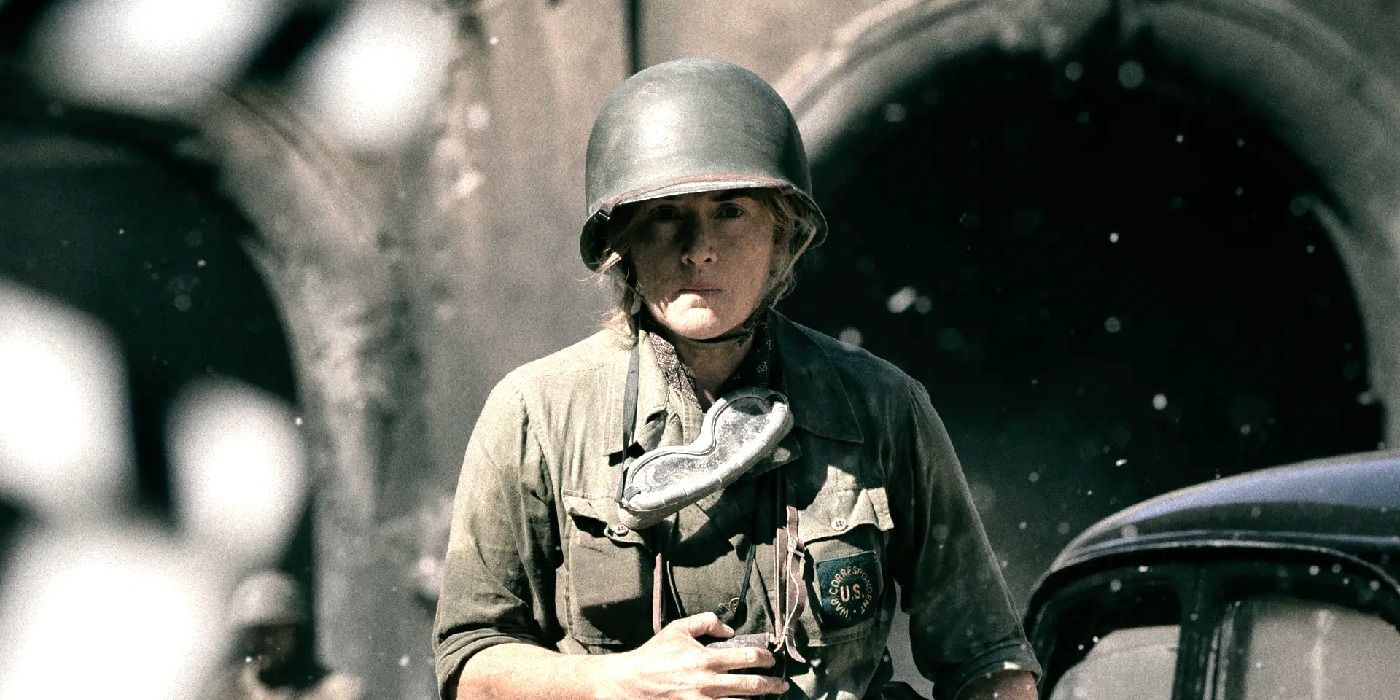
Image via Sky Cinema
Ahead of the movie’s release, Winslet spoke with Collider’sSteve Weintraub.
you’re free to watch the full conversation in the video above or read the transcript below.
COLLIDER: I watched this yesterday.
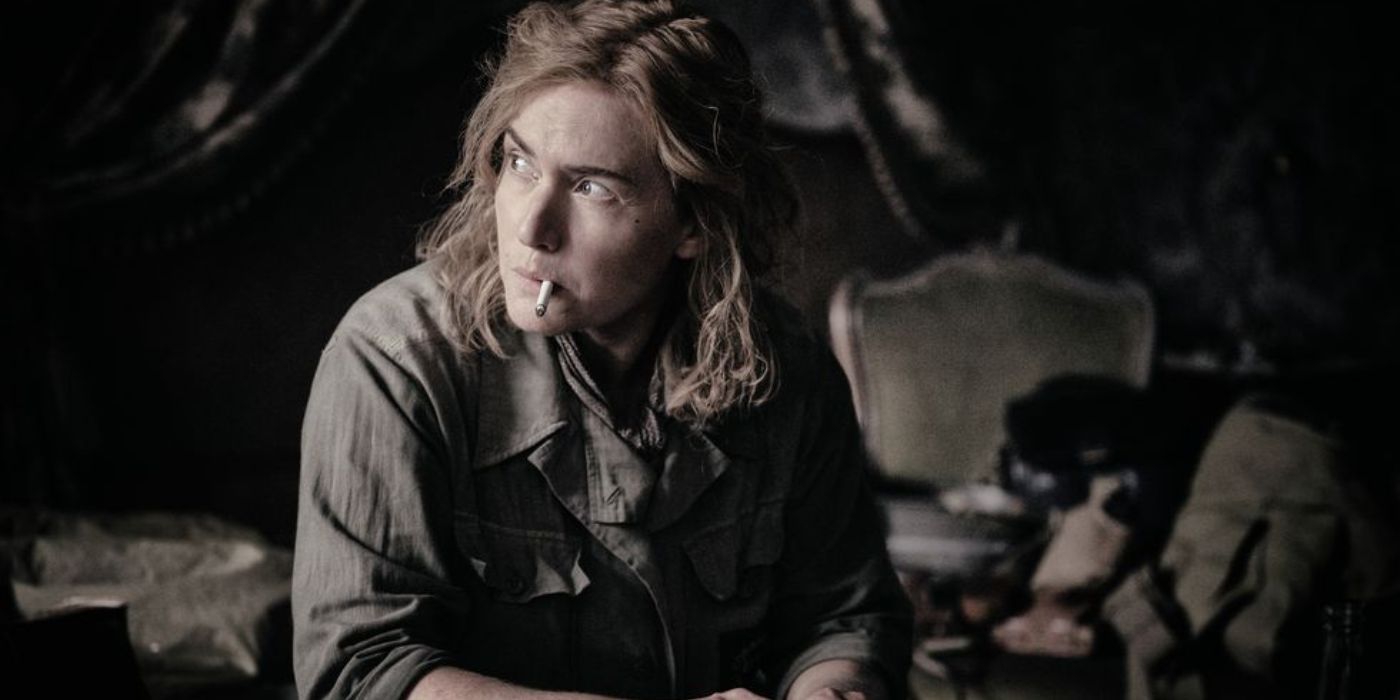
Image via Sky Cinema
I have so much to say, but first of all, you’re fantastic in this role.
KATE WINSLET: Thank you very much.
I really want to start with a thank you for your work.
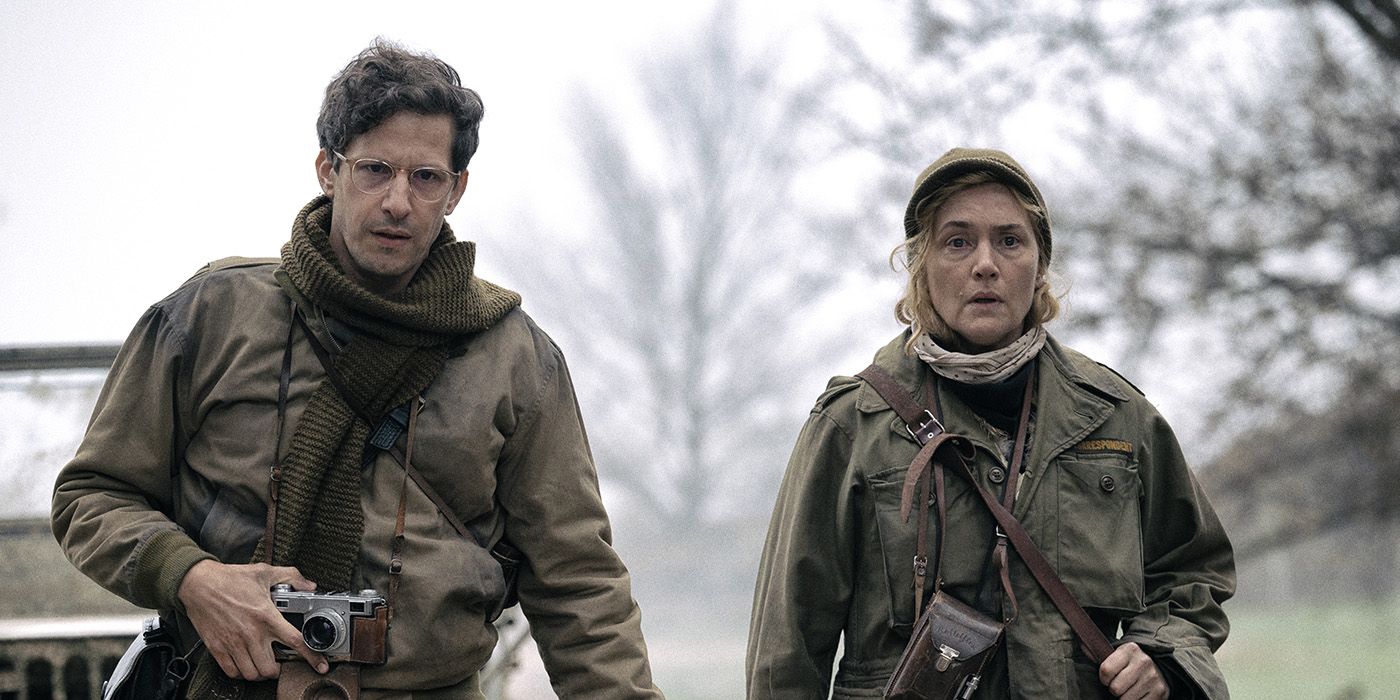
Image via SkyCinema & Studio Canal
I’ve really enjoyed your stuff over the years.
I’ve learned so much about acting and what it really takes.
Thanks for your work.
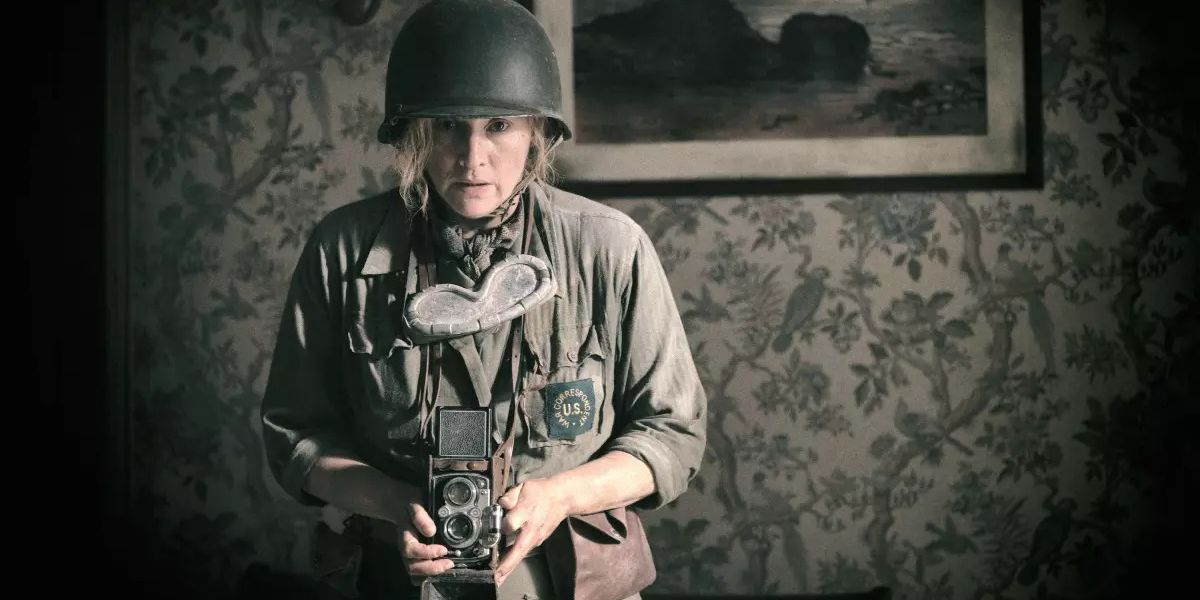
Image via Roadside Attractions
WINSLET: Thank you.
I really appreciate that.
I actually vividly remember I did not sleep a wink the night before.
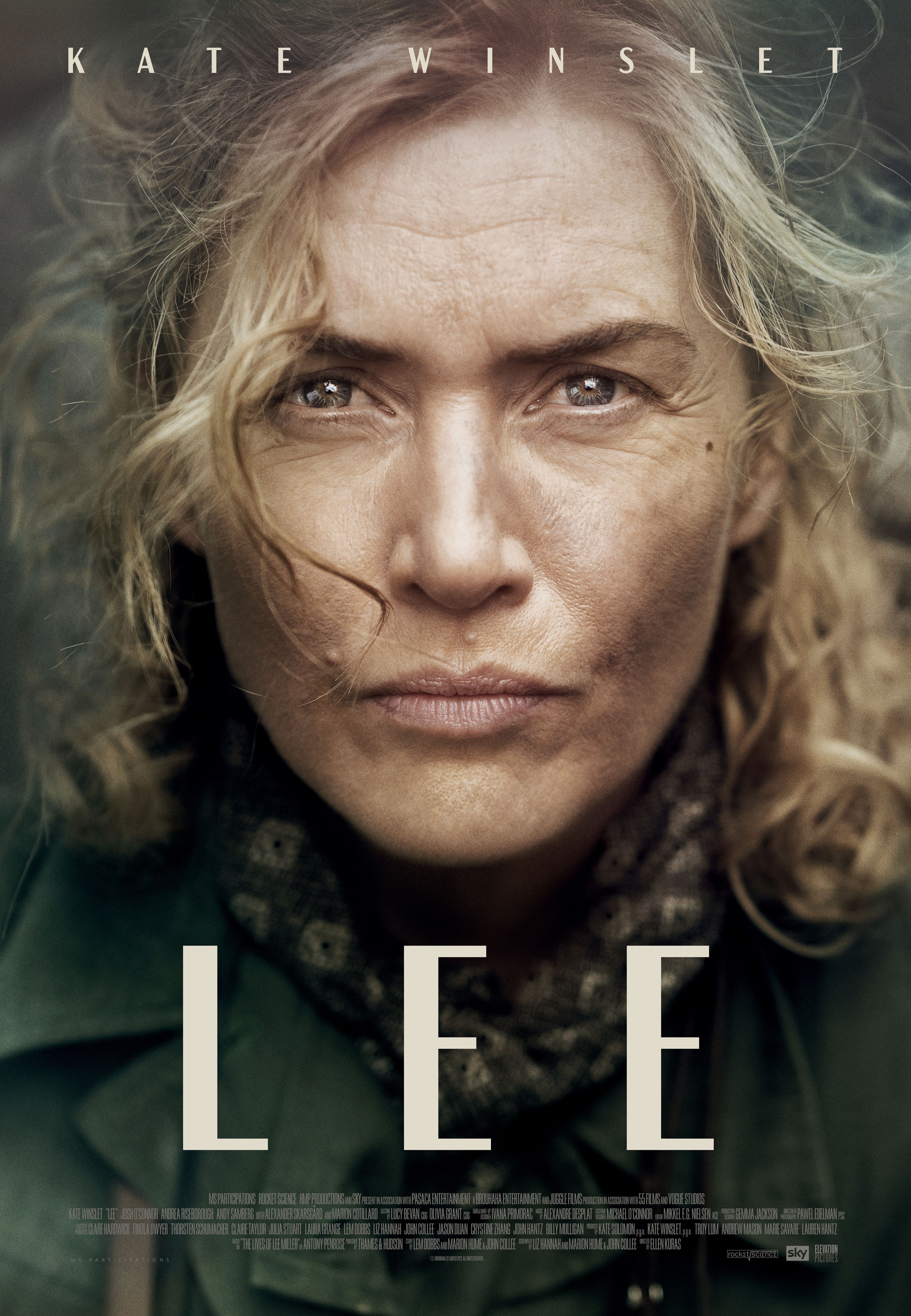
The story of American photographer Lee Miller, a fashion model who became an acclaimed war correspondent for Vogue magazine during World War II.
WINSLET: I hurt myself the daybeforewe started shooting.
I want to ensure that they’re comfy and we don’t need to break them down anymore.
I said, Oh, yeah, sure.
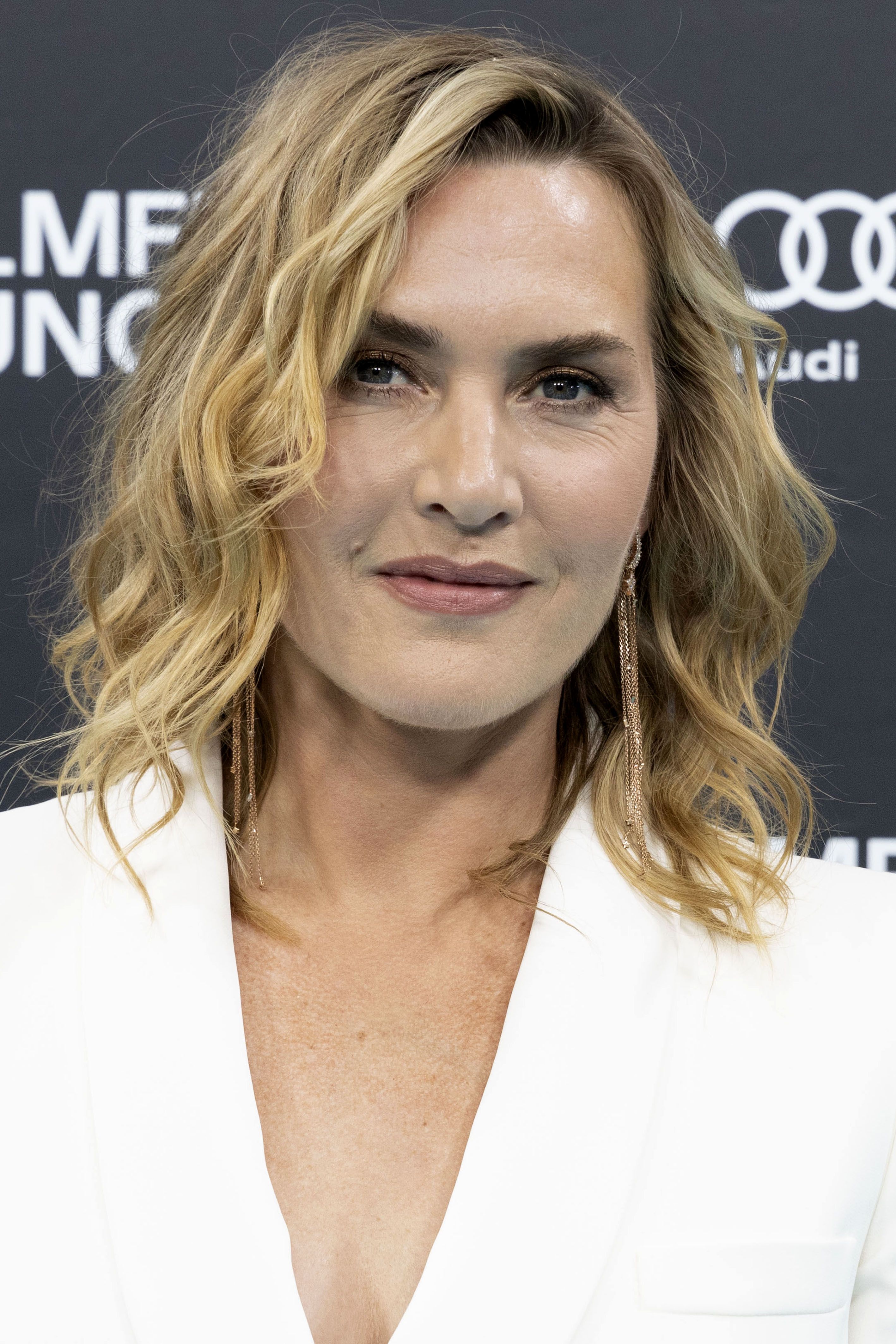
I went running through that town.
I really thought I had broken my back.
Somehow I hadn’t.
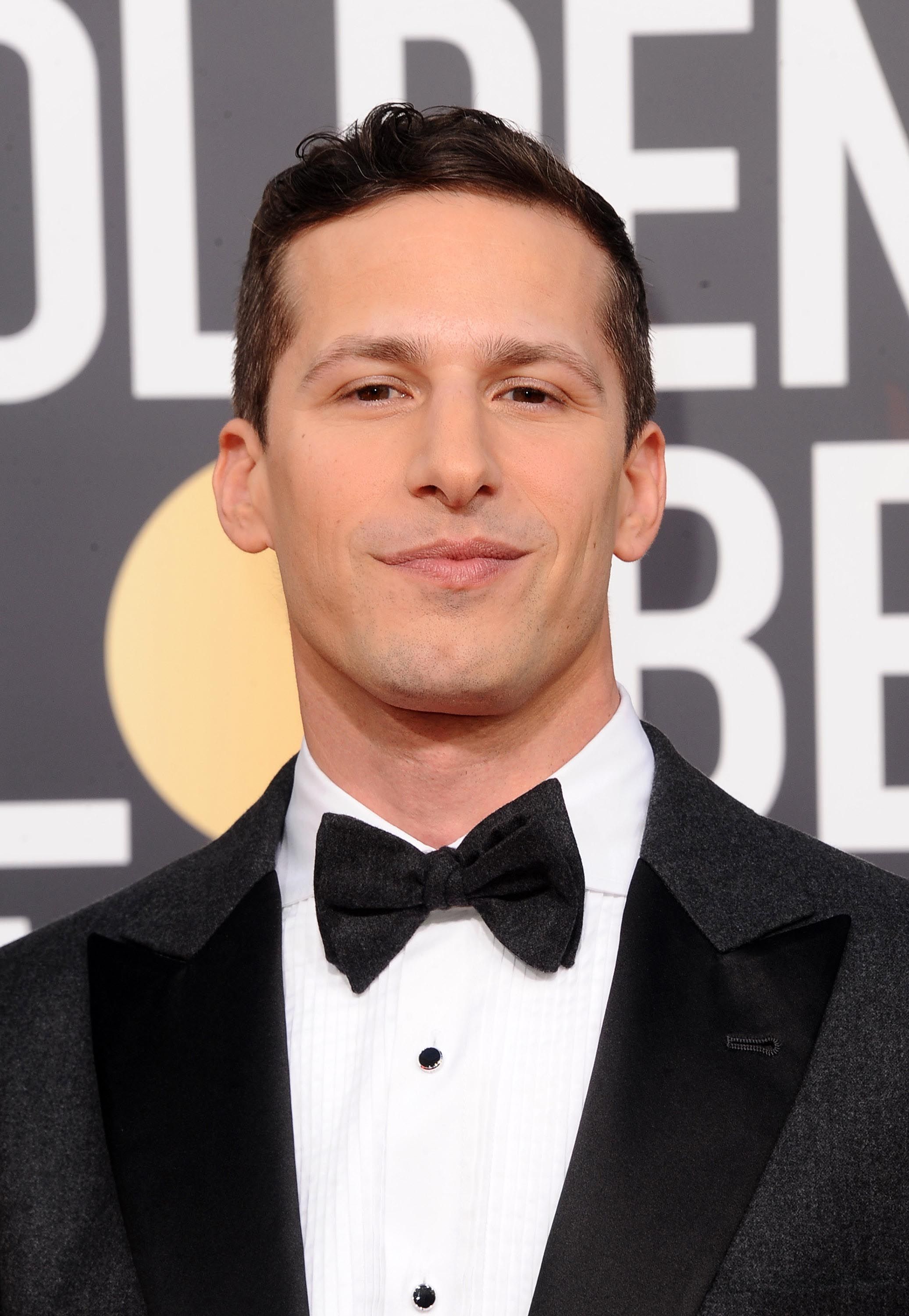
I was in excruciating agony.
That’s another thing.I was in a lot of pain.
I just kept going.

You just keep going.
What are you gonna do?
It’s an independent movie.
So we just kept going.
I can’t imagine.
WINSLET: Oh, yeah.
There were lots of things that Lee threw at me, but that’s okay.
She was just testing me all the time.
WINSLET: Isn’t it extraordinary?
WINSLET: When I was developing the film.
I knew there was no way I could talk to a male director about directing this piece.
It morally wouldn’t have felt like the right thing to do.
It just had to be second nature.
I just knew she could do it.
This is a fantastic movie.
How did you decide on it as a movie versus a six or eight-episode TV miniseries?
Because her story is so incredible, and there’s so much you might pull out of her story.
That’s great dramatic material.
WINSLET: That was part of the challenge.
Most of the challenge in really getting the screenplay right was how much do we keep in?
Because she lived so many lives in her lifetime.
I mean, truly.
In her later years, post-war, she became a Cordon Bleu chef.
She was just extraordinary.
But for me,this decade of Lee’s life was the decade when Lee became Lee.
This was the period of her life thatmostdefined her.
As soon as we settled on that decade, we were able to really condense and pack our story.
I’ve actually known her since I was 16 years old, and this was also her first screenplay.
We had lots of first-timers, actually, and that was very important to me as well.
And I said, Hang on.
Let me just think about this.
I just thought, “Wow!”
And she said, Go and ask him.
We were very, very fortunate to have him, and he was very happy to have been asked.
I’m joking around, obviously.
Being completely serious, in the third act, you deal with a very serious subject matter.
With the train sequence, with the concentration camps, there’s so much there that is very powerful.
Anyway, the gods were on our side if you believe in God and the rain lifted.
All I can tell you is that it was incredibly hard.
Incredibly hard and detailed.
Lee was photographing the women, the children, the victims of the atrocities of the Nazi regime.
The people left behind.
The missing whose stories may otherwise not have been told.
That did feel like a pressure, but it didn’t make us panic.
We just stuck to the truth and let the facts carry us through those sequences.
It was very hard.
Leeis in theaters now.